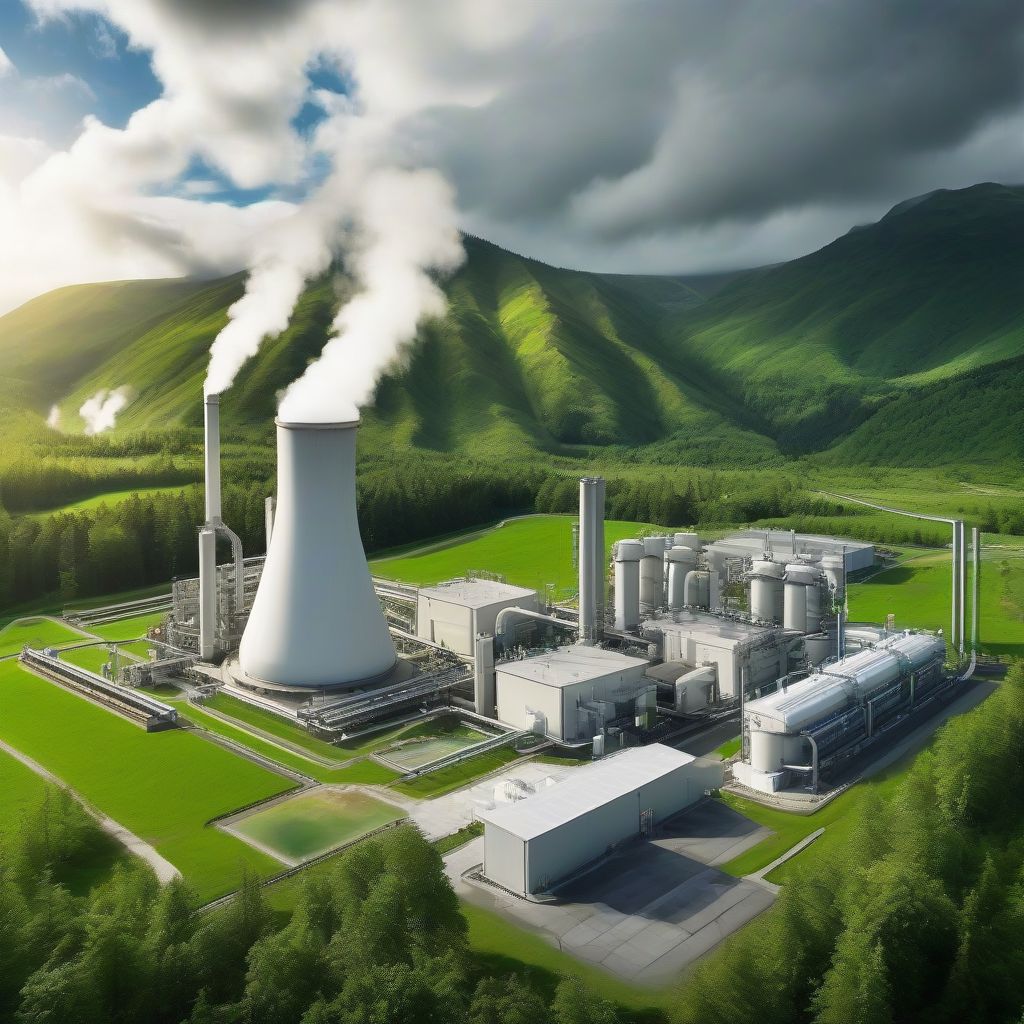Imagine a world powered by the very heart of our planet – a clean, sustainable energy source available 24/7. That’s the promise of geothermal energy, and its role in the green transition is becoming increasingly critical as we strive for a future free from fossil fuels. But how exactly does it fit into the bigger picture of decarbonizing our economies and building a more sustainable world? Let’s dig deeper.
What is Geothermal Energy and How Does it Work?
Geothermal energy harnesses the Earth’s internal heat, which is a constant and renewable resource. This heat, originating from the planet’s formation and the decay of radioactive isotopes, is stored in rocks and fluids beneath the Earth’s surface. We can access this heat through various methods, primarily by drilling wells to tap into geothermal reservoirs. These reservoirs can contain hot water or steam, which can be used directly for heating or to generate electricity.
Different Types of Geothermal Energy Systems
Several different types of geothermal systems exist, each suited to specific applications:
- Hydrothermal Systems: These are the most common type, using naturally occurring hot water or steam reservoirs to generate electricity or provide direct heating.
- Enhanced Geothermal Systems (EGS): Where hot rock exists but lacks sufficient permeability for fluid flow, EGS techniques are used to create artificial reservoirs by fracturing the rock and injecting water.
- Ground Source Heat Pumps (GSHPs): GSHPs utilize the relatively stable temperature of the shallow ground to heat and cool buildings. They are highly efficient and can be installed almost anywhere.
 Geothermal Power Plant
Geothermal Power Plant
The Environmental Benefits of Geothermal Energy
Geothermal energy boasts significant environmental advantages, making it a key player in the green transition:
Reduced Greenhouse Gas Emissions
Compared to fossil fuels, geothermal energy produces negligible greenhouse gas emissions. This makes it a crucial tool in mitigating climate change and achieving net-zero emissions targets.
Minimal Land Use Impact
Geothermal power plants have a relatively small footprint compared to other renewable energy sources like solar or wind farms. This minimizes land use conflicts and preserves valuable ecosystems.
Reliable and Consistent Power Generation
Unlike solar and wind, which are intermittent, geothermal energy is a baseload power source, meaning it can provide continuous power 24/7. This reliability is crucial for grid stability and energy security.
Geothermal Energy and the Green Transition: A Global Perspective
Countries around the world are increasingly recognizing the potential of geothermal energy in their green transition strategies. Iceland, for instance, is a global leader in geothermal utilization, with over 90% of its homes heated geothermally. Other countries, like Kenya, Indonesia, and the Philippines, are also investing heavily in geothermal development.
Overcoming the Challenges
Despite its numerous benefits, geothermal energy faces several challenges:
- High Upfront Costs: Drilling geothermal wells can be expensive, making it a significant investment. However, operating costs are relatively low, and the long-term benefits outweigh the initial costs.
- Geographic Limitations: Geothermal resources are not evenly distributed across the globe, with some regions having more accessible resources than others.
- Induced Seismicity: In some cases, EGS projects have been linked to induced seismicity, or small earthquakes. However, careful site selection and monitoring can minimize this risk.
The Future of Geothermal Energy
The future of geothermal energy is bright. Technological advancements are continually improving the efficiency and cost-effectiveness of geothermal systems, making them increasingly competitive with other energy sources. Furthermore, research into new technologies like superhot rock geothermal systems promises to unlock even greater potential in the future.
Geothermal’s Role in a Sustainable Future
As we move towards a more sustainable future, geothermal energy will play a crucial role in decarbonizing our economies, ensuring energy security, and mitigating climate change. By harnessing the power of the Earth’s heat, we can create a cleaner, greener, and more sustainable world for generations to come.
Conclusion
Geothermal energy offers a compelling solution to many of the energy challenges we face today. Its inherent sustainability, reliability, and environmental benefits make it a vital component of the green transition. While challenges remain, ongoing research and technological advancements are paving the way for a future where geothermal energy plays a much larger role in powering our world. We encourage you to share your thoughts and join the conversation about the future of geothermal energy and its crucial role in building a sustainable future. Explore more about renewable energy options on our website and discover how you can contribute to a greener tomorrow.



